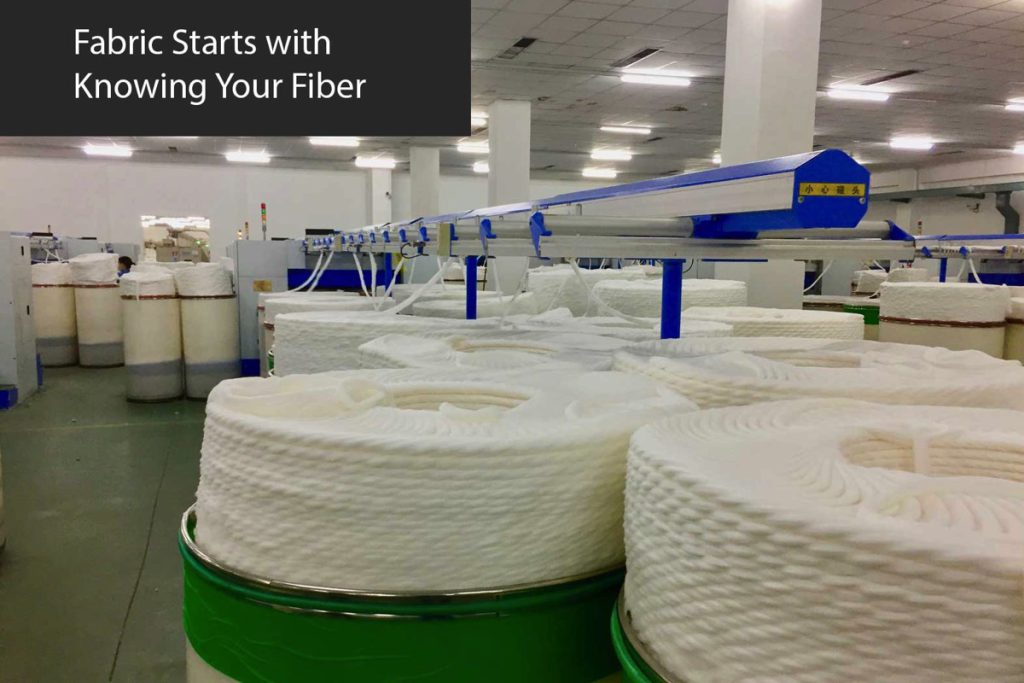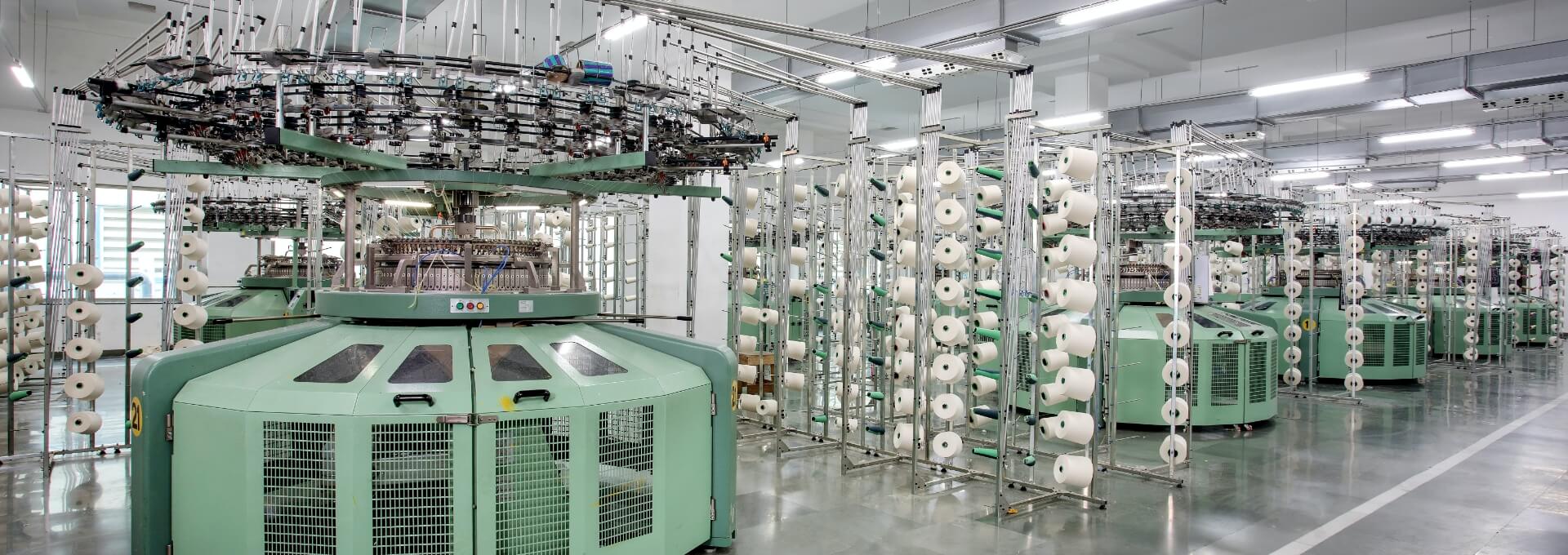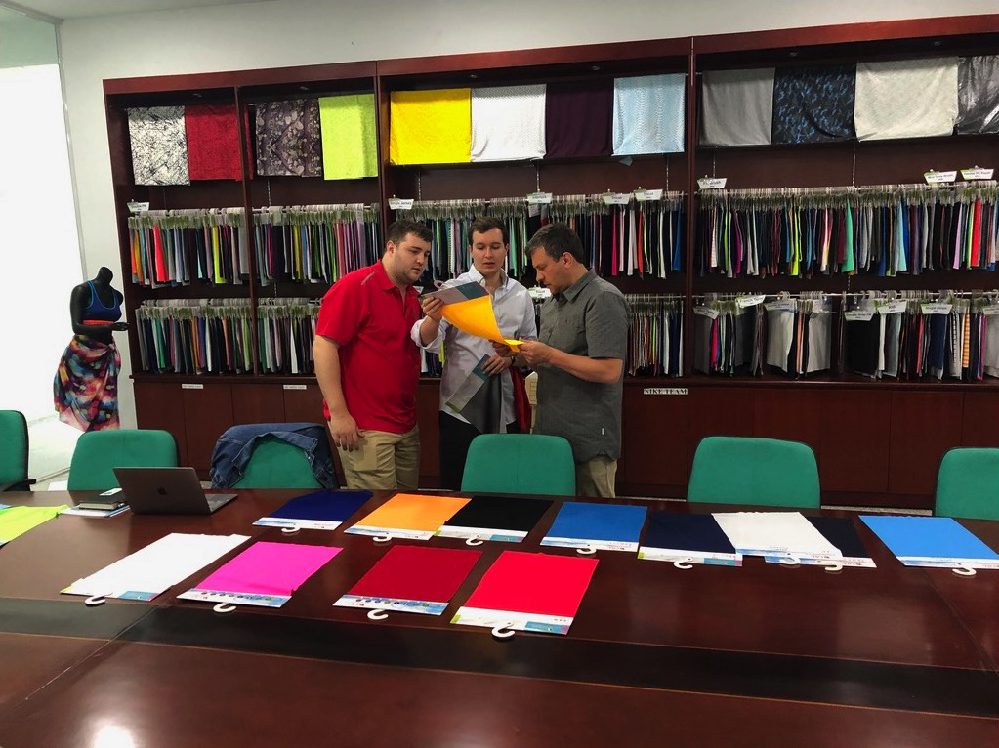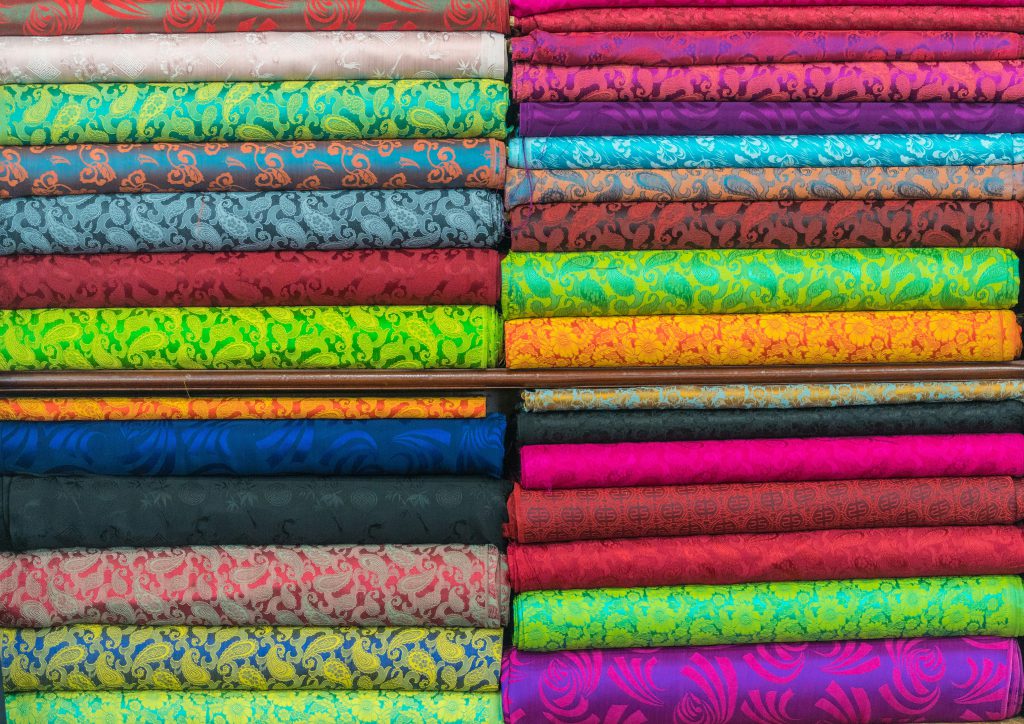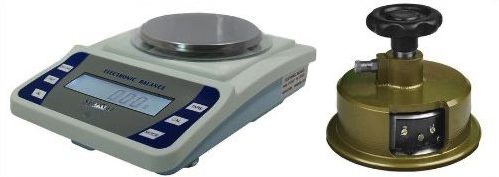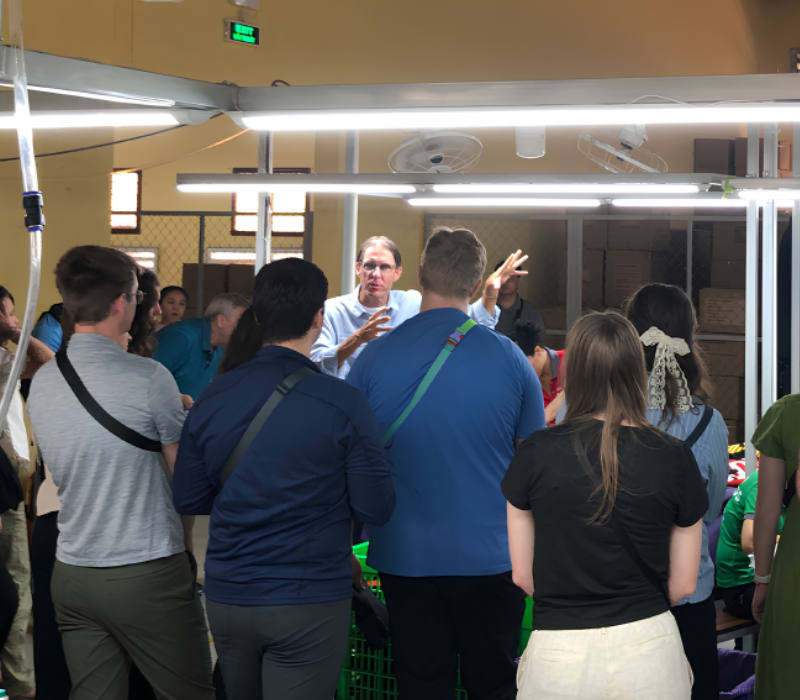This page is about Clothing Fabrics 101
Fabric is the most important part of a garment and the factory will ask you many questions about your fabric. If you are schooled in textile engineering then at least be familiar with some basic concept. Keep reading and I will give you a primer so you don’t look stupid in front of a factory.
Be prepared to answer the following clothing fabrics 101 questions:
Are your garments made from woven or knit fabrics?
What is the fiber composition?
What is the color of the fabric?
What is the weight of the fabric?


